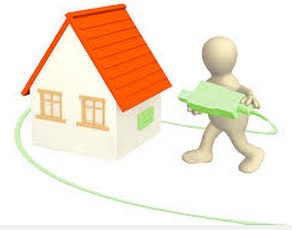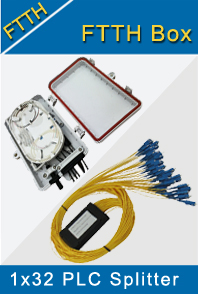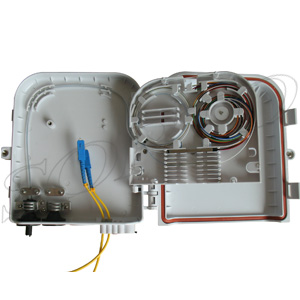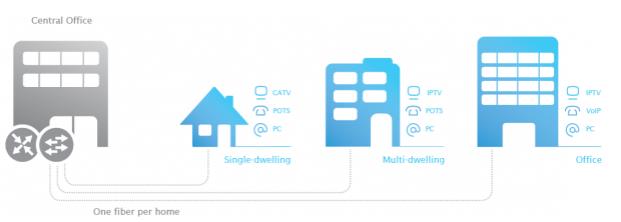-

- Sopto Home
-

- Special Topic
-

- FTTH Knowledge
-

- Point-to-Point Ethernet FTTH Overview
FTTH Knowledge
- Solving the FTTH Rollout Problem in Multiple Dwelling Units
- WDM PON Introduction FAQ
- A Simple Overview of Optical Power Meter
- ODN is based on PON FTTH Optical Cable Network of the Device
- Using an OTDR to be an Expert in Fiber Link Testing
- How FTTH Broadband Works?
- Connections among Fiber Terminal Boxes & Patch Cables & Pigtails
- Easy to Install a Fiber Terminal Box
- What is Arrayed Waveguide Grating?
SOPTO Special Topic
Certificate



Guarantee
Except products belongs to Bargain Shop section, all products are warranted by SOPTO only to purchasers for resale or for use in business or original equipment manufacturer, against defects in workmanship or materials under normal use (consumables, normal tear and wear excluded) for one year after date of purchase from SOPTO, unless otherwise stated...
Return Policies
Defective products will be accepted for exchange, at our discretion, within 14 days from receipt. Buyer might be requested to return the defective products to SOPTO for verification or authorized service location, as SOPTO designated, shipping costs prepaid. .....
Applications

Sopto supply the best FTTH solutions for your network!
SOPTO Products
- Fiber Optic Transceiver Module
- High Speed Cable
- Fiber Optical Cable
- Fiber Optical Patch Cords
- Splitter CWDM DWDM
- PON Solution
- FTTH Box ODF Closure
- PCI-E Network Card
- Network Cables
- Fiber Optical Adapter
- Fiber Optical Attenuator
- Fiber Media Converter
- PDH Multiplexers
- Protocol Converter
- Digital Video Multiplexer
- Fiber Optical Tools
- Compatible
Related Products
Performance Feature
FTTH Knowledge
Recommended

Point-to-Point Ethernet FTTH Overview
A point-to-point FTTH network architecture provides a direct connection to a single household. In that sense, it is similar to copper-based DSL networks however it is fully based on fiber. PTP FTTH is often coined as a future-proof and an agnostic architecture because the operator can scale on an individual basis and the centralization of complexity allows any transmission technology to be deployed. Ethernet is the technique used in PTP FTTH to provide high-rate connectivity to the end consumers. Most importantly, Ethernet PTP is a standard that provides interoperability between any vendor of switches and CPEs.

Outdoor Splitter Distribution Box
A point-to-point FTTH network architecture provides a direct connection to a single household. In that sense, it is similar to copper-based DSL networks however it is fully based on fiber. PTP FTTH is often coined as a future-proof and an agnostic architecture because the operator can scale on an individual basis and the centralization of complexity allows any transmission technology to be deployed. Ethernet is the technique used in PTP FTTH to provide high-rate connectivity to the end consumers. Most importantly, Ethernet PTP is a standard that provides interoperability between any vendor of switches and CPEs.
The passive outside fiber plant of a PTP network has a single fiber to each connected home. It is clear that PTP FTTH benefits from developments in high-density fiber cables and optical distribution frames (ODF). Nevertheless, the fiber complexity remains high since all fibers require termination and handling at a central node. The fiber-only losses allow cheaper optical components to be used since the transmission power and required receiver sensitivity are lower than in PON-based networks. Typical maximum distances are specified up to 10 km due the power budget. Each user has a dedicated port at the switch and so an operator can opt for a “pay-as-you-grow” scenario by using multiple ODF in cascade. In this sense, the capital and operational expenses are attractive at low take rates thus at the start of a PTP FTTH deployment.

Basic overview of a Point-to-Point FTTH network



